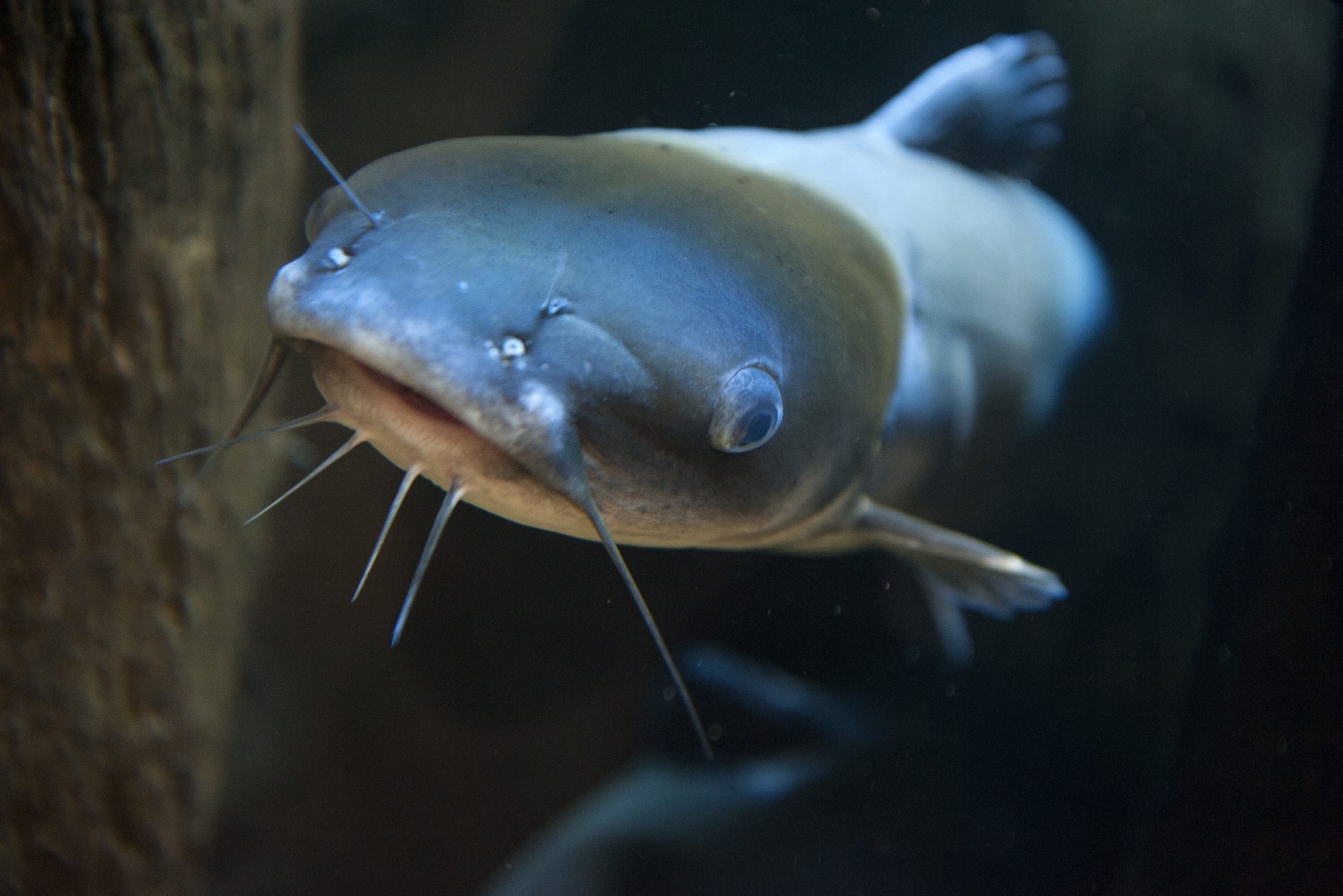Aquaculture

In more recent work, hatcherymen found a new approach to the method by gently separating the egg mass into individual eggs by use of a chemical. The process uses a 1.5 percent sodium sulfite (Na2 SO3) solution to dissolve the matrix tissue (tissue which holds the spawn together) and allows the eggs to move freely as individual eggs. This approach allows consistent circulation of water throughout the eggs, little or no fungal or bacterial deterioration and consequently greatly improved hatch rates.
This method of hatching catfish eggs or other similar adhesive eggs can be adopted by fry or fingerling producers with little new capital costs or the addition of elaborate new equipment.
Dissolving Egg Mass Matrix Tissue Using Sodium Sulfite Solution
Making the Solution
At least two approaches can be taken to develop a solution of Sodium Sulfite (Na2 SO3):
- Dissolve 150 grams of sodium sulfite (Na2 SO3) per liter of distilled water. It can be stored in a large plastic container until needed. When you are ready to dissolve egg masses, add 100 milliliters (ml) of the stock solution to each 900 ml of hatchery water. This gives you the 1.5 percent solution needed.
- You can also dissolve 57 grams of Sodium Sulfite per gallon of hatchery water and use it directly as needed to dissolve egg masses.
(Optional Step) Because the pH of the solution relative to that of the hatchery water will be slightly basic a little pH adjustment may be desirable. For neutral or slightly acidic hatchery water, add 10 percent hydrochloric acid (HCl) to the stock solution until the pH readings are the same. In well balanced and buffered hatchery water, this step may not be necessary and can be eliminated.
Dissolving the Mass
Put the spawns in a large plastic tub or stainless bowl and cover with the sodium sulfite solution. Gently stir four to 10 minutes with a glass rod or gloved hands only until the eggs are completely separated. Eggs should flow freely with no small clumps of eggs present. It is important to understand how your particular water reacts using this method so you don’t over treat the eggs and damage shells or fry.
Decant the solution and thoroughly rinse the eggs 2 or 3 times with hatchery water. This eliminates the dissolved matrix tissue, debris and any dead eggs. This step is critical; the degree of fungal development often depends on the thoroughness of rinsing.
When thorough rinsing is complete, drain the water and pour the free-flowing eggs into a graduated container or pitcher. Determine the total volume of eggs in ounces or milliliters as you prefer. To determine the number of eggs present, count the number of eggs in a small 5 ml or 1 ounce sample, and apply that number to the total volume of eggs.
Incubating the Eggs
Typical McDonald jars can handle about 40,000 eggs per jar. Water flow should be set at about 2 to 3 liters per minute or enough flow to gently stir the eggs (enough flow to suspend or fluidize the eggs).
Jars should be checked twice each day (morning and evening). Any debris, fungal masses or detritus will typically float over the gently rolling eggs and can be quickly removed using a siphon tube (1.8 cm diameter).
The eggs from a 36 hour old mass should hatch in six to ten days depending upon water temperature. If they are incubated at the preferred water temperature is 76 to 79 F degrees the eggs will generally hatch in four to six days.
Notes
a.) Increased pH and very low dissolved oxygen present in the dissolving solution will be evident but because the eggs are exposed to this environment for only a short period of time it does not become a problem for eggs or fry after the procedure.
b.) However, it is very important to avoid treating eggs less than 24 hours old as they have not yet fully hardened and can be damaged by the solution. Eggs less than 24 hours old should be placed in a traditional trough system and allowed aging to at least 24-36 hours post-spawn eggs are best handled using this method at 48 hours or older post-spawn.
c.) Allow hatched fry to remain in the jar until they develop to the gray stage as their survival is improved significantly by this approach. When they are ready to be moved, they can be easily removed using a siphon tube (1.8 cm diameter) and placed in another container for further development in the hatchery or moved to the fry rearing pond.
Compared to Traditional Hatching Methods
This method is not for everyone or all hatcheries. It is merely another alternative to traditional incubation and hatching. As a disadvantage, you may have to adjust this method to match your particular water chemistry but with some attention to detail, it offers excellent results. There is no substitute for excellent water quality and chemistry in you hatchery water. Some of the advantages of this method are
- a) less space required per million eggs incubated
- b) significantly less labor used to tend eggs
- c) few if any chemicals used to manage fungal or bacterial outbreaks if water temperatures are maintained correctly (76-79°F)
- d) less electrical energy required
- e) a higher percentage of hatch is typically experienced over traditional hatching.
Additionally, the same jars or hatching approach can be used for other species in the hatchery such as striped bass, striped bass hybrids, Chinese carps, largemouth bass, smallmouth bass, paddlefish and others.

